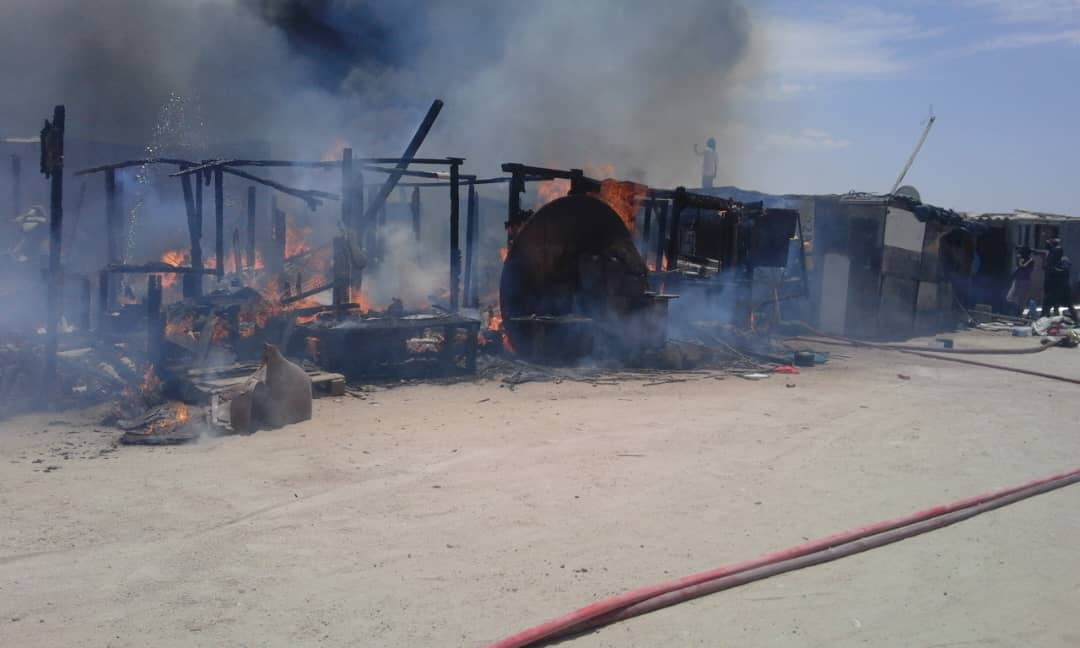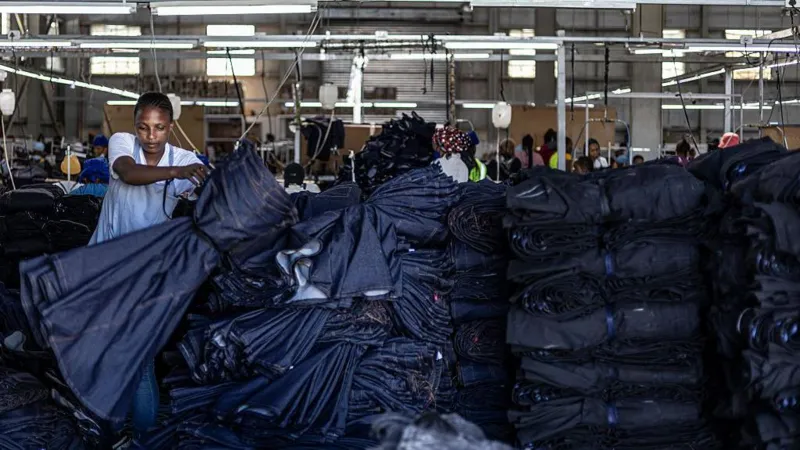LONDON – Global mining firms are unearthing ingenious solutions to grapple with shortages of workers and equipment amid the commodities boom, recruiting retired miners and buying cut-rate equipment from China and Russia, executives said this week.
“We hired some guys out of retirement, that was the only way to survive and get the skills in place,” said Pekka Pera, chief executive of Talvivaara, a Finnish firm building a new nickel and zinc mine. Pera and other executives told the Reuters Global Mining Summit the key was taking advantage of local situations to surmount obstacles thrown up by a global rush to build new mines as metal prices soar to fresh peaks.The Finnish firm realised that the depressed region around the mine had a lot of young untrained and unemployed people, but also a number of retired miners.”The system was we hired an older guy, a senior professional, and then we’d hire him a sidekick, like Batman and Robin.This old guy will stay about five years and train the younger guy,” he said.”It works well because the senior guy is expensive but the younger ones are very cheap.”Training and keeping workers was the biggest challenge for Major Drilling Group, one of the world’s biggest mine drilling companies, Chief Executive Francis McGuire said.”It takes three to five years to train a driller and it is a very, very skills intensive industry,” he said.Out at remote drilling camps, workers demand an array of perks that were unheard of five or six years ago.The camp must have a washerwoman, three hot meals a day, along with Internet and phone access, or they just won’t go, he said.On the equipment side, Peter Hambro, executive chairman of the Russian gold producer that carries his name, said his firm had slashed costs by local purchasing.”We’ve used Russian equipment when we can and a Chinese ball mill factory is working for us exclusively for the next three years, it’s not working for anyone else,” Hambro said.Peter Hambro Plc has also been able to sidestep a global shortage of giant tyres used for mining trucks that hit some mining projects in recent years.”We tend to use trucks made in Belorussia and there are six tyre factories in Russia that make tyres that fit those trucks, so we haven’t had the trouble that some people have had with the very big tyres that you want for Caterpillar or Komatsu.”The tyre situation has improved, but a lack of them was one reason behind a fall in production last year at the world’s biggest diamond mines in Botswana, said Sheila Khama, the head of De Beers in that country.Right now, big shortages and long lead times were being seen in mills, said Peter Marrone, chief executive of Canada’s Yamana Gold.His firm managed to keep expansion projects on schedule by ordering mills even before the board had formally approved building the new mines.Nampa-ReutersPera and other executives told the Reuters Global Mining Summit the key was taking advantage of local situations to surmount obstacles thrown up by a global rush to build new mines as metal prices soar to fresh peaks.The Finnish firm realised that the depressed region around the mine had a lot of young untrained and unemployed people, but also a number of retired miners.”The system was we hired an older guy, a senior professional, and then we’d hire him a sidekick, like Batman and Robin.This old guy will stay about five years and train the younger guy,” he said.”It works well because the senior guy is expensive but the younger ones are very cheap.”Training and keeping workers was the biggest challenge for Major Drilling Group, one of the world’s biggest mine drilling companies, Chief Executive Francis McGuire said.”It takes three to five years to train a driller and it is a very, very skills intensive industry,” he said.Out at remote drilling camps, workers demand an array of perks that were unheard of five or six years ago.The camp must have a washerwoman, three hot meals a day, along with Internet and phone access, or they just won’t go, he said.On the equipment side, Peter Hambro, executive chairman of the Russian gold producer that carries his name, said his firm had slashed costs by local purchasing.”We’ve used Russian equipment when we can and a Chinese ball mill factory is working for us exclusively for the next three years, it’s not working for anyone else,” Hambro said.Peter Hambro Plc has also been able to sidestep a global shortage of giant tyres used for mining trucks that hit some mining projects in recent years.”We tend to use trucks made in Belorussia and there are six tyre factories in Russia that make tyres that fit those trucks, so we haven’t had the trouble that some people have had with the very big tyres that you want for Caterpillar or Komatsu.”The tyre situation has improved, but a lack of them was one reason behind a fall in production last year at the world’s biggest diamond mines in Botswana, said Sheila Khama, the head of De Beers in that country.Right now, big shortages and long lead times were being seen in mills, said Peter Marrone, chief executive of Canada’s Yamana Gold.His firm managed to keep expansion projects on schedule by ordering mills even before the board had formally approved building the new mines.Nampa-Reuters
Stay informed with The Namibian – your source for credible journalism. Get in-depth reporting and opinions for
only N$85 a month. Invest in journalism, invest in democracy –
Subscribe Now!










